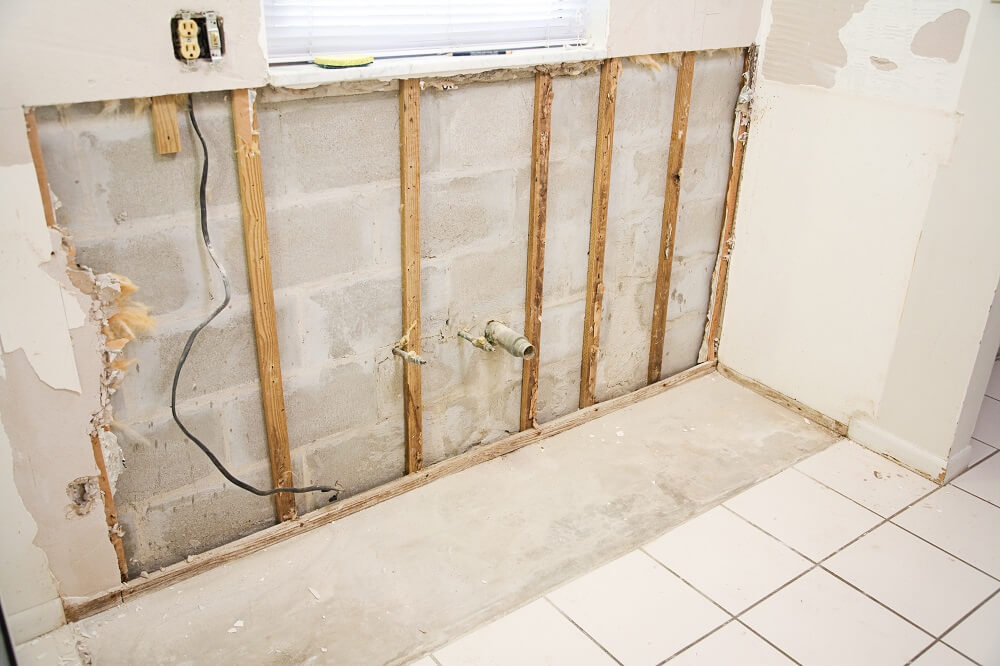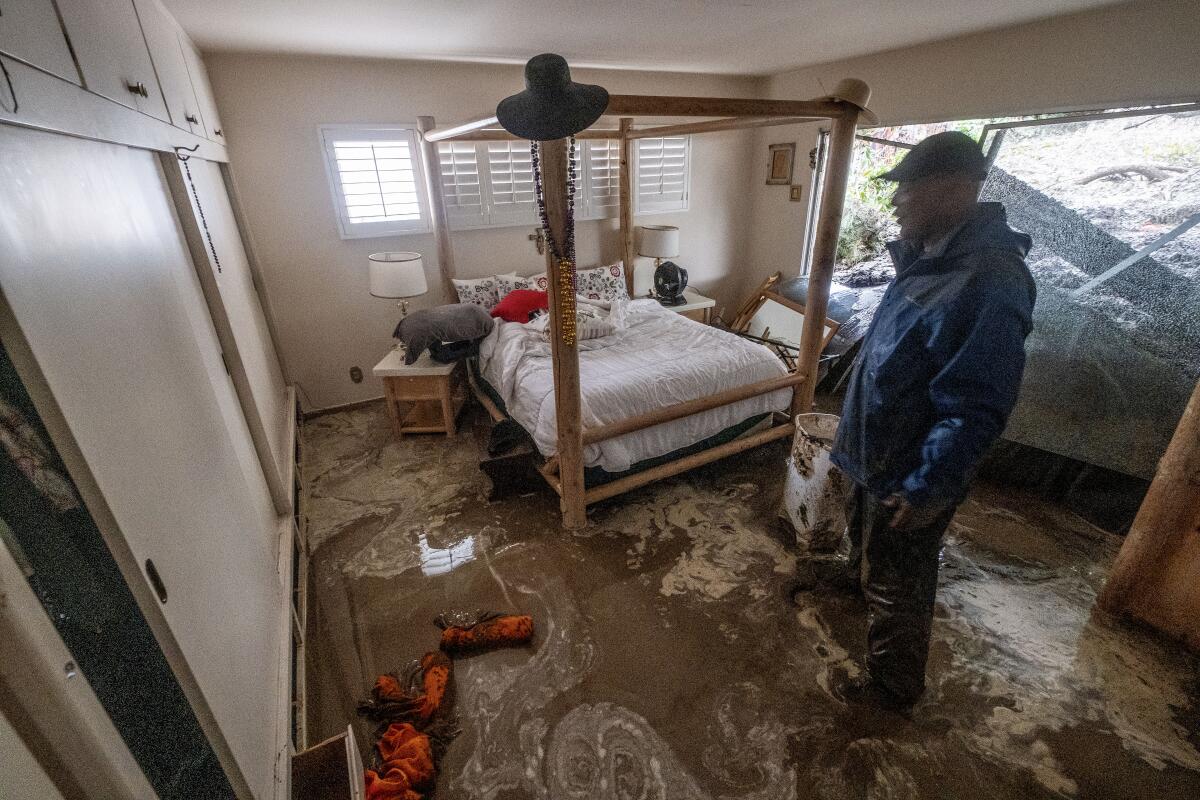The Refine of Water Damages Cleaning: Ensuring Your Home Is Brought Back Efficiently
Water damages can be a difficult obstacle for homeowners, requiring a structured and precise cleanup process to recover safety and performance. damage restoration services. Following this, reliable water extraction methods play an essential duty in reducing more harm.
Analyzing the Damages
Upon uncovering water damages, the very first step is to completely evaluate the extent of the impact. This initial evaluation is important, as it assists identify the required actions for efficient clean-up and restoration. Begin by inspecting the affected areas, including walls, ceilings, floorings, and individual belongings, to determine the source of the water intrusion, whether from flooding, leaks, or condensation.
Documenting the damages is important for both insurance policy cases and intending repair initiatives - damage restoration services. Usage photos and composed notes to catch the extent of the damages, keeping in mind any affected structural elements and materials. Pay unique focus to locations that might not be immediately visible, such as behind walls and under rugs, as hidden dampness can lead to additional issues, consisting of mold and mildew development
In addition, assess the timeline of the water exposure. The longer the products continue to be damp, the better the potential for damage. Understanding the period of exposure will certainly inform the seriousness of remediation initiatives. Ultimately, a detailed assessment lays the groundwork for a successful water damage clean-up process, guaranteeing that all influenced locations are dealt with efficiently and thoroughly.
Water Removal Strategies

Experts generally utilize completely submersible pumps for larger quantities of water, which can rapidly alleviate flooding in cellars or various other affected areas. For smaller sized amounts, wet/dry vacuums are frequently used to draw out residual dampness from carpetings and hard surfaces. Furthermore, making use of mobile extractors permits targeted elimination in constrained areas or areas with delicate materials.
In instances of contaminated water, such as sewage or floodwater, advanced removal techniques may include making use of biohazard devices to guarantee security and conformity with health guidelines. High-powered removal devices are critical in minimizing water retention in architectural products, which can cause mold development and structural degeneration otherwise dealt with quickly.
Ultimately, the effectiveness of water removal methods plays a critical role in the total success of the water damages clean-up process, laying the groundwork for succeeding repair efforts.
Drying and Dehumidification
Once standing water has actually been successfully drawn out, the next important stage in the water damages clean-up process is drying and dehumidification. This step is necessary to avoid additional damage and mold and mildew growth, which can take place within 24 to two days in moist settings.
To attain effective drying, specific tools such as industrial-grade air moving companies and dehumidifiers is utilized. Air moving companies flow air throughout wet surfaces, improving dissipation rates, while dehumidifiers reduce moisture levels airborne, advertising a helpful atmosphere for drying out. The combination of these devices guarantees that dampness is drawn out from wall surfaces, floorings, and furnishings, allowing them to completely dry thoroughly.
It is vital to check the drying process very closely. Professionals typically use moisture meters to analyze the dampness material in numerous products, guaranteeing that all impacted areas get to appropriate dryness degrees. This precise method helps to avoid hidden moisture pockets that might bring about architectural damage or unhealthy mold and mildew growth.

Cleansing and Sterilizing
After the drying and dehumidification stage is complete, the following essential action in water damages cleaning is cleansing and disinfecting the influenced locations. This procedure is vital to avoid the development of mold and mildew, germs, and other pathogens that thrive in wet settings.
The cleansing phase generally involves eliminating any type of debris, dirt, and contaminants from surface areas utilizing specialized cleaning up agents. For tough surface areas, a combination of soap and water or business cleansing products is frequently employed. Soft products, such as upholstery and carpets, might need much more substantial cleaning methods, consisting of heavy steam cleaning or deep removal strategies, to ensure extensive sanitation.

Sterilizing follows cleansing, utilizing EPA-approved anti-bacterials to get rid of hazardous microorganisms. This action is crucial, specifically in areas that may have come right into contact with floodwaters or sewer, as these resources can pose serious wellness dangers.
In addition, it is necessary my company to attend to any remaining odors, which may call for the use of odor neutralizers or innovative methods like ozone treatment. Correct cleaning and sterilizing not just recover the safety and health of your home yet also prepared for effective remediation and repairs in subsequent phases of the water damages cleanup procedure.
Remediation and Repair Services

As soon as the evaluation is complete, restoration efforts can start. This typically involves fixing or replacing broken products, guaranteeing that all work complies with local structure codes and criteria. For example, if drywall has actually been jeopardized, it will need to be gotten rid of and changed with new material. In addition, flooring may need comparable interest, relying on the level of water exposure.
It is vital to engage skilled restoration specialists during this process, as they have the experience to manage complex fixings successfully. Additionally, they can aid alleviate potential future problems, such as mold development or architectural instability, therefore guaranteeing a habitable and risk-free living environment. Eventually, effective reconstruction and repair services bring back the home's integrity and boost its general worth.
Final Thought
In verdict, the procedure of water damage cleanup is important for bring back a home to its pre-damage condition. Each phase, from examining the damages to applying efficient water removal methods, followed by extensive drying out, sterilizing, and required repair services, plays a vital duty in making certain safety and compliance with structure criteria. Efficient execution of these actions not just mitigates instant damage but likewise boosts the long-term integrity and value of the property.
Water damages can be a complicated obstacle for house owners, requiring a structured and meticulous cleaning procedure to bring back safety and functionality. Inevitably, a detailed evaluation lays the groundwork for an effective water damage cleanup procedure, making sure that all affected locations are attended to efficiently and thoroughly.
Reliable water removal techniques are crucial in alleviating damage and preventing more issues following a water intrusion occasion.In final thought, the process of water damages cleanup is essential for bring back a home fire restoration companies to its pre-damage condition. Each stage, from assessing the damages to executing reliable water extraction strategies, complied with by thorough drying out, sanitizing, and needed repairs, plays an important duty in ensuring security and conformity with building criteria.